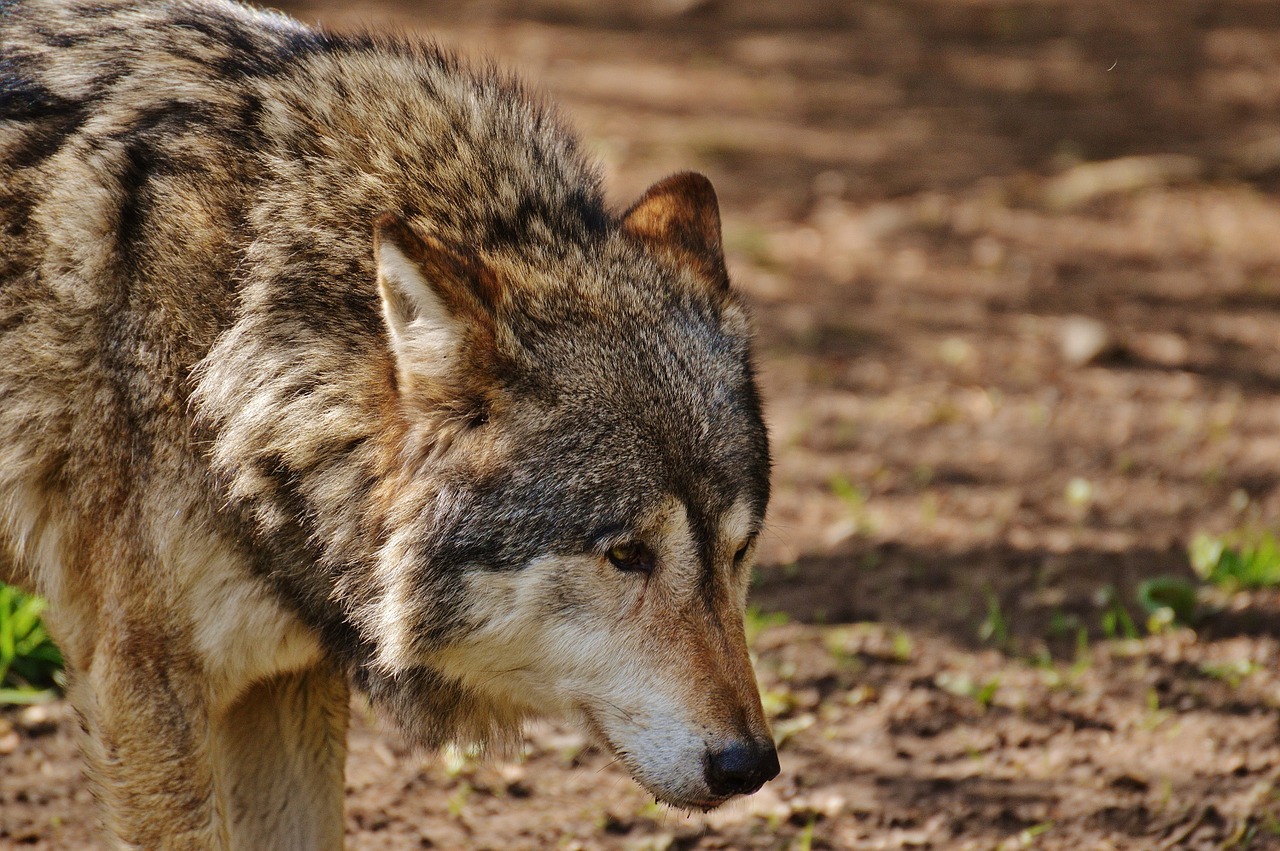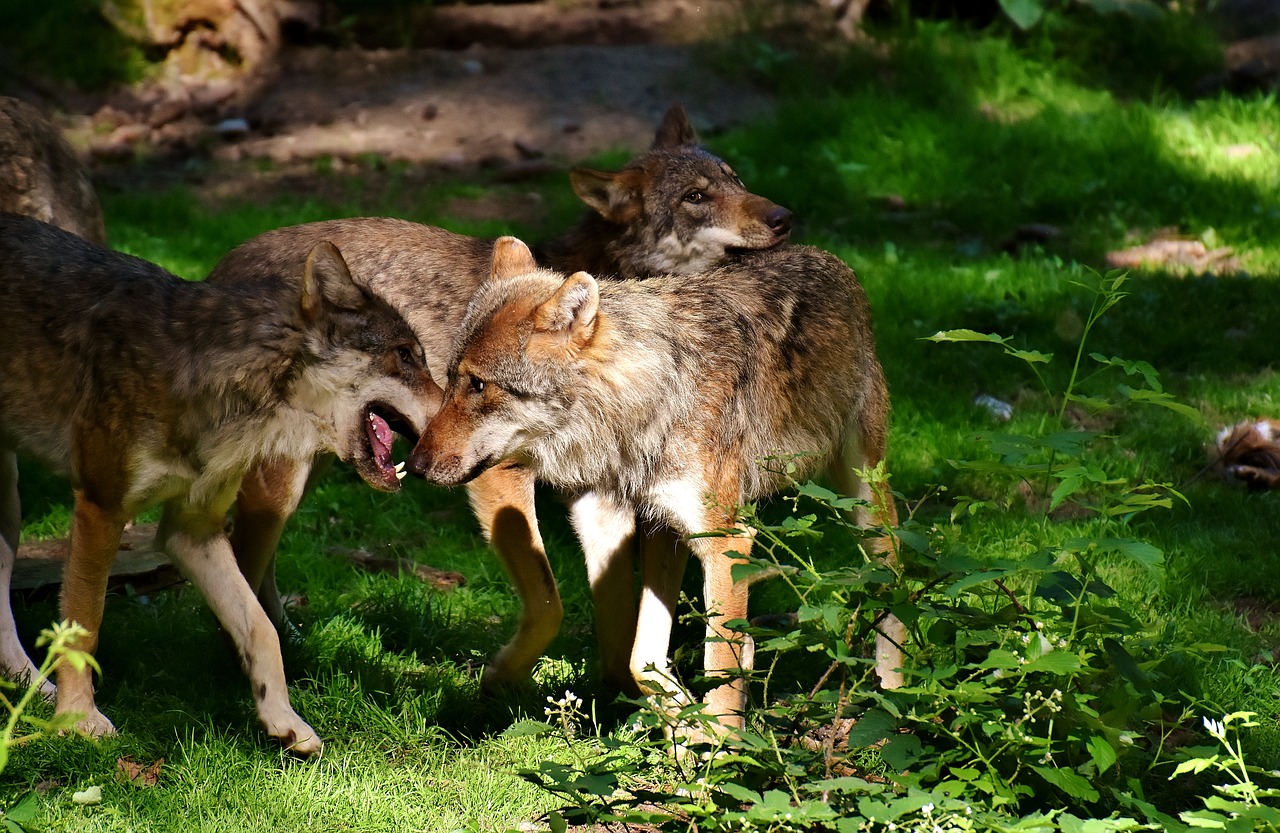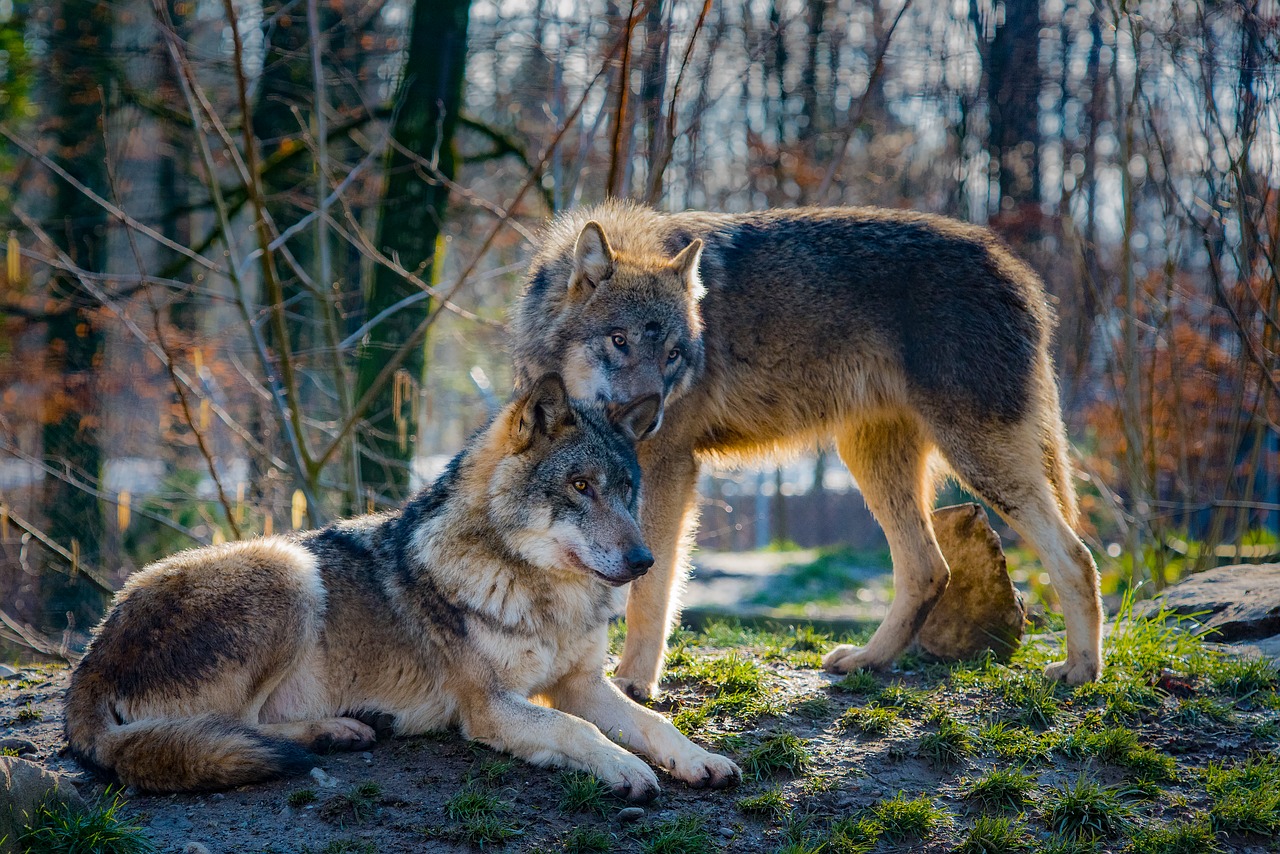
- Inspiring People -
- 5mins -
- 812 views
The Wonder of Wolves: Seven reasons to love wild wolves
And how these fascinating and magnificent predators play a fundamental role in maintaining ecosystem health.
Why wolves are wonderful
Wolves are the most widely distributed predators on land. The familial bonds, dietary flexibility, and remarkable opportunism of grey wolves have allowed them to thrive from the barren desert to the frozen tundra and everything in between. Wolves and dogs are so integrally related that the latter are considered a subspecies of the grey wolf: Canis lupus familiaris, or the friendly wolf! Here’s why we think they’re so lovable.
Wolftastic facts 1&2
1. Wolves Mate for Life – The alpha male and beta female mate for life and their packs are loosely analagous to human nuclear families.
Bad Press Often portrayed as devious tricksters in popular folklore, wolves have a family life that is actually more loyal than most human relationships. Normally, packs consist of a male, a female and their offspring, essentially making wolf packs akin to a nuclear family. The older offspring even help take care of their younger siblings. Occasionally, a lone wolf will be welcomed into a pack. A wolf pack can range in number from just three or four wolves to as many as 20, depending on the food supply in the area.
2. Wolves Communicate with Facial Expressions – Yes, wolves bark and howl, but did you know they rely on facial expressions for communication as well? They have been seen communicating by pulling their ears back or even retracting their lips and showing teeth.
Dumb animals? Far from it! Wolves communicate via many means. The most common are body postures, gestures, and soft sounds, such as when a dominant wolf meets a submissive one. Of course, the most famous way in which wolves communicate is by sound. In addition to the whimpers, whines, growls, squeaks, squeals, shrieks, yips, barks, pants and miscellaneous noises which merge with body postures and gestures to form wolves’ primary means of communication, the wolf is capable of producing one spectacular and familiar sound: the howl. Despite the assertions of popular mythology, the wolf does not howl only during the full moon. Wolves howl during the day, at night, and any time of year, no matter what the moon is doing.

Wolftastic facts 3-4
3. Wolves Take Care of All Pups, Even If They Aren’t Their Own – When pups are old enough to leave the den, they become the responsibility of the whole pack. They are shown affection from all members of the group and are trained by everyone.
Wolves love their families as much as we do The mother wolf stays with her pups and will not leave the den except to eat the food other pack members leave outside for her. The average weight of a newborn pup is one pound, and a wolf pup’s eyes will open in 10-13 days. At three weeks a wolf pup will be able to hear. Wolf pups are born with blue eyes, which will change to yellow-gold by the time the pups are 8-16 weeks old. At four weeks the pups will venture out of the den. When adult wolves return from a hunt, the pups lick their mouths to encourage them to regurgitate undigested meat which the pups then eat. When the pups are 8-10 weeks old, the whole pack moves to a "rendezvous site" some distance from the den. This site is normally an area of about 1,200 square yards. Wolf pups begin to accompany the adults on hunting forays around the age of three months, and begin actively hunting at 7-8 months of age.
4. Wolves Are More Intelligent Than Dogs – Wolves are much smarter than the average dog. Studies show dog brains are 15%-30% smaller than those of wolves.
Research at Oregon State University has found via experimentation, that domestic dogs appear to have lost some of their problem solving abilities as a result of their long history with humans. Domestic dogs have been recognised for their social sensitivity and aptitude in human-guided tasks. For example, prior studies have demonstrated that dogs look to humans when confronted with an unsolvable task; an action often interpreted as asking for help. Conversely, wolves persist on such tasks. Wolves were more persistent and more successful on the tasks than dogs, with 80% average success rate for wolves versus a 5% average success rate for dogs.

Wolftastic facts 5-7
5. Wolves Play Like Dogs: Just like dogs, wolves simply love to play. They have been seen shouldering one another, bumping bodies, and placing their forepaws around each others’ necks. Playing is especially important for wolf pups, as it develops strength and hunting skills.
Wolf play The intention to play is often signaled by the gesture well known to dog owners of dropping the front quarters into a crouch position, with smiling face and wagging tail. Adult wolves stage mock fights, play chase, and leap on each other. The ambushing of unwary pack members is a favorite game.
6. The ecological role of wolves: Wolves play a key role in the ecosystems in which they live. Since 1995, when wolves were reintroduced to the American West, research has shown that in many places they have helped revitalise and restore entire ecosystems.
“Keystone species” vital to maintaining the health, structure and balance of ecosystems. Wolves improve habitat and increase populations of countless species from birds of prey to pronghorn, and even trout. Wolves have redistributed the elk herds, allowing vegetation to recover along rivers and streams. More willows and aspens provide food for beavers. More beaver ponds benefit aquatic plants and animals. Shade from the trees cools the water, making the habitat better for trout. The presence of wolves influences the population and behavior of their prey, changing the browsing and foraging patterns of prey animals and how they move about the land. This, in turn, ripples throughout plant and animal communities, often altering the landscape itself. For this reason wolves are described as a “keystone species,” whose presence is vital to maintaining the health, structure and balance of ecosystems. To learn more about the vital role wolves play in ecosystem click here
7. Wolves are responsible for man’s best friend: Before the earliest human settlements, people were already hunting and gathering alongside "man’s best friend"
Some believe that early peoples tamed wolves by breeding for usefulness, while others maintain that wolves tamed themselves by being friendly and eating leftovers (just like some of today’s cheeky dogs). Wolves and dogs are so integrally related that the latter are considered a subspecies of the grey wolf: Canis lupus familiaris, or the friendly wolf!
So there’s more than meets the eye to these magnificent ancestors of our pampered pooches, and we really owe them a debt of gratitude for the service they provide in maintaining a healthy ecosystem around themselves.
Share if you think wolves are wonderful!


